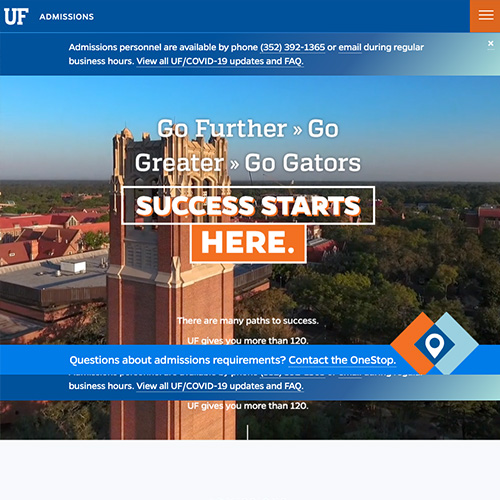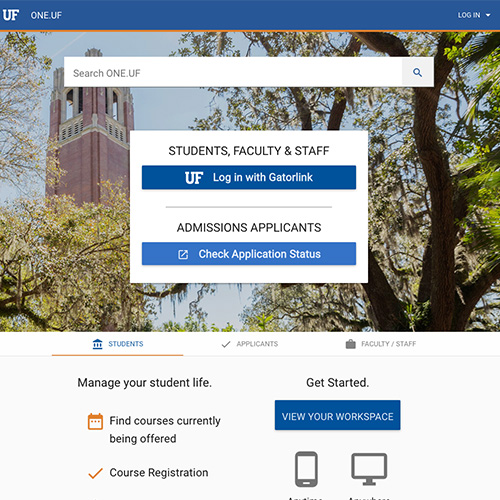FEAP 1 f. – Develops learning experiences that require students to demonstrate a variety of applicable skills and competencies.
Printable Version (.pdf)
|
Unsatisfactory |
Developing |
Accomplished |
Exceptional |
| A student says, “It’s too bad we can’t go to the nature center when we’re doing our unit on the environment.” (D)
The teacher assigns the students something to read, and then tells them to “talk about it with your partner.” The students are asked to create a replica of the Statue of Liberty. The teacher has students read the chapter and fill out a worksheet in every class. |
The teacher says, “Now choose 3 in a row from the Tic-Tac-Toe board of activities to show me what you learned about the digestive system.“
After a lesson on ratios, the students are making a map of their classroom to scale. The students are assigned and reading and then told to write a paragraph about “what they thought about the reading.” After studying national monuments, the students are asked to make a replica of their favorite using playdoh.
|
The art class is writing a description of the process they used to make the pottery piece that will be on display at the art fair.
The students are asked to create a mnemonic device to remember the branches of government. After a lesson on estimation, the students are counting the number of M&Ms in a tablespoon to estimate the number in a large bag. After researching the pros and cons of a vegetarian diet, the class chooses sides for a class debate. Use technology, including the Internet, to produce, publish, and update individual or shared writing products, taking advantage of technology’s capacity to link to other information and to display information flexibly and dynamically. At the end of the lesson, the students were asked to write 3 multiple choice questions that may be used on Friday’s quiz.
|
The teacher matches students in her Family and Consumer Science class with local businesses; the students spend time shadowing employees to understand how their classroom skills might be used on the job. (D)
The teacher’s unit on ecosystems lists a variety of high level activities in a menu; students choose those that suit their approach to learning. (D) The teacher asked students to teach their shoulder buddy the mnemonic device they devised to help remember the branches of government. After the homework assignment on recording the time it took to ride their bike a mile, the students were asked to then estimate how long it would take to ride around the top of the Grand Canyon. After studying the parts of speech, the students are asked to write an argument why adjectives are more important than adverbs and vice versa. (M)
|
Where noted, examples based on:
“(D)” – Danielson C. (1996). Enhancing professional practice: A framework for teaching.Alexandria, Va: Association for Supervision and Curriculum Development.
“(M)” – Marzano, R. J. (2007). The art and science of teaching: A comprehensive framework for effective instruction. Alexandria, Va: Association for Supervision and Curriculum Development.
Additional resources to assist evaluators:
Brief overview of promoting wide varieties of skills and competencies in K-12 students:
http://www.ehow.com/how_10061503_address-wide-range-skills-abilities-classroom.html
Overview of Competency-Based Education and framework:
http://www.cde.state.co.us/cdeadult/download/pdf/CompetencyBasedEducation.pdf
Project-Based Learning- Approach that exemplifies FEAP 1f:
http://www.bie.org/about/what_is_pbl/?gclid=CLTU8O_iv7ECFcVgTAod71YAMA
Strategies that require students to create products related to their personal experiences:
http://teachersnetwork.org/ntol/howto/implement/connect.htm
Resources for students to make books, audio recordings, etc.:




